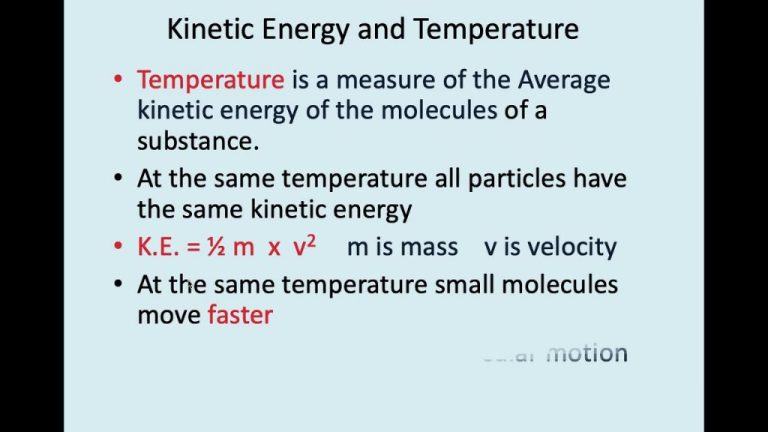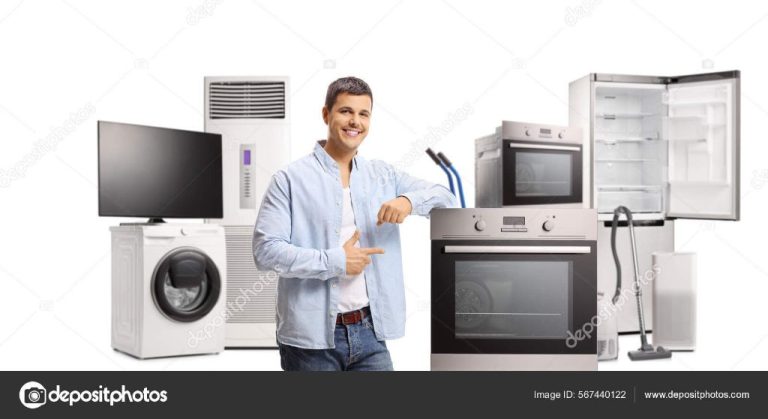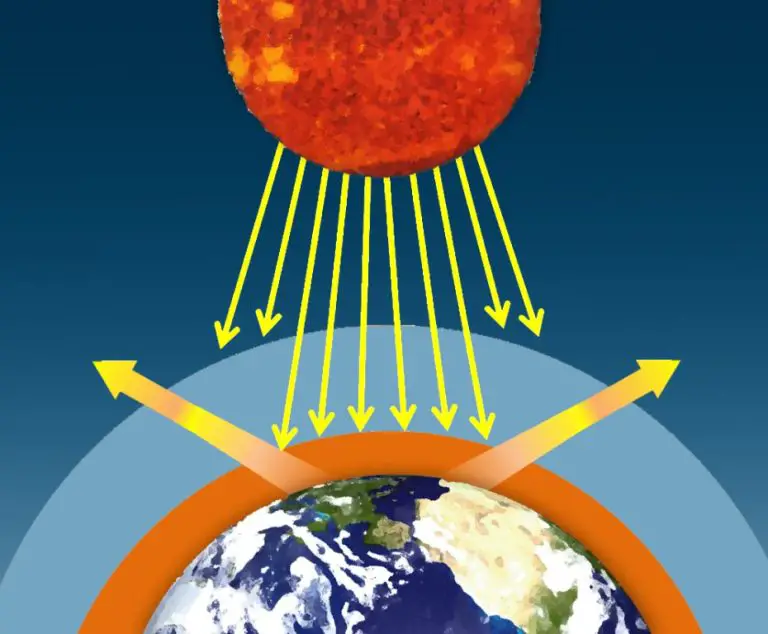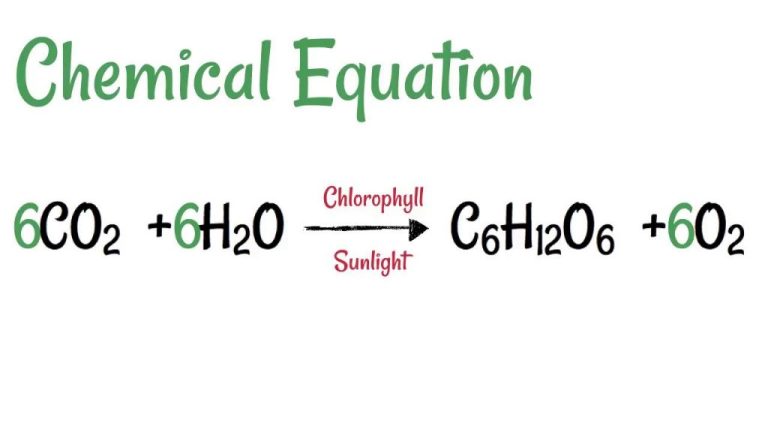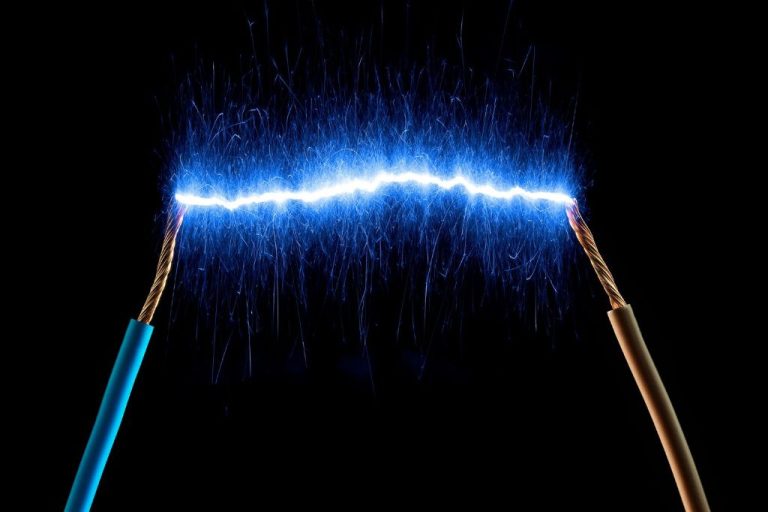How Do I Create My Own Electricity?
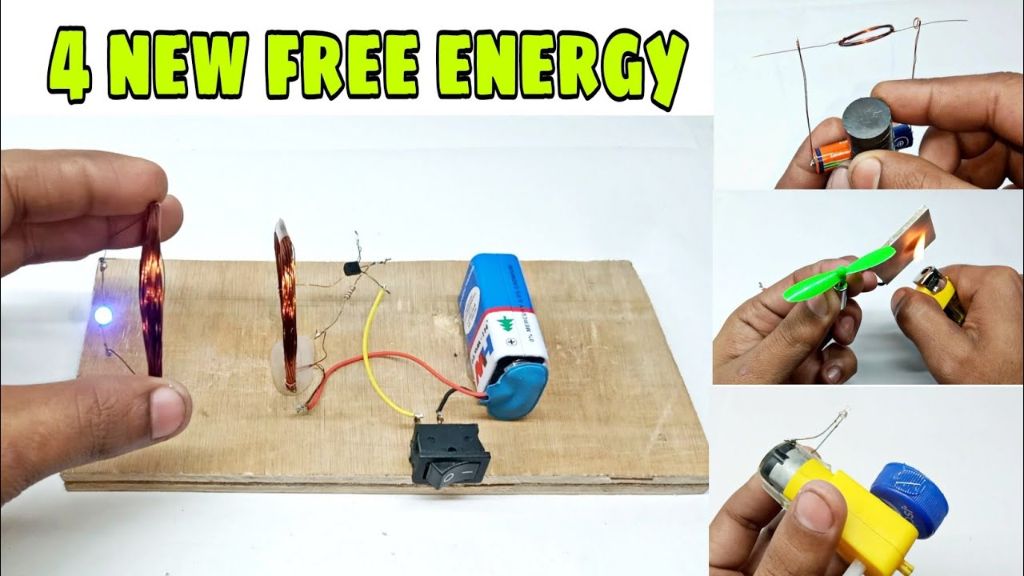
Electricity is the flow of electrons that is used to power devices and appliances. Generating your own electricity can provide energy independence, cost savings, and environmental benefits. Being less reliant on the grid means you have more control over your energy supply and costs. Producing renewable electricity like solar or wind power locally also reduces your carbon footprint. This guide will walk through the main options for creating your own electricity to meet part or all of your needs.
Assess Your Needs
Before diving into electricity generation methods, it’s important to calculate your specific electricity needs so you know how much power you’ll need to produce. There are a few key steps:
First, make a list of all electrical devices and appliances you need to power. This includes essentials like lights, refrigerator, phone/laptop charging, etc. as well as any discretionary uses like TV, power tools, etc. Estimating Appliance and Home Electronic Energy Use
Next, determine the wattage requirement for each device, either by checking specifications or using a wattage calculator. Multiply the wattage by estimated daily usage hours to get watt-hours (Wh) per day.
Then divide by 1,000 to convert to kilowatt-hours (kWh) per day for each device. Add up the daily kWh for all devices to determine your total daily electricity requirement.
Multiply this by 30 to estimate your monthly kWh needs. Remember to account for future electricity needs as well. This gives you a solid starting point for determining what type of electricity generation method will work best.
Solar Power
Solar panels, also known as photovoltaic (PV) panels, convert sunlight into electricity using solar cells made of semiconductor materials like silicon (Source). The solar cells are wired together into modules and arrays that can be mounted on rooftops or ground mounts. When the sun hits the panels, electrons in the solar cells become energized and flow, creating direct current (DC) electricity.
Solar panels have become a popular option for residential renewable energy because they require little maintenance, have a long lifespan of 25-30 years, and provide clean energy from an abundant, free fuel source – the sun. The main drawback of solar panels is the upfront cost of purchase and installation, though incentives like tax credits can offset the costs (Source).
The amount of solar panels needed depends on factors like electricity usage, climate, and available space. A typical 5kW system requires 400-450 sq ft and can provide 30-50% of a household’s energy. Professional installation averages $2.50-$3.50 per watt. After installation, solar panels require little maintenance beyond occasionally cleaning off dirt and debris.
Overall, solar power can provide clean, renewable electricity at competitive rates with minimal maintenance. With incentives and continually decreasing solar panel costs, solar energy makes sense for many homeowners looking to reduce electricity bills and environmental impact.
Wind Power
Wind power harnesses the wind to generate electricity using wind turbines. Wind turbines work by converting the kinetic energy in wind into rotational energy in the turbine blades, which then spins a generator to produce electricity (U.S. Department of Energy, n.d.[1]). There are two main types of wind turbines: horizontal axis and vertical axis. Horizontal axis turbines have blades like airplane propellers and must face into the wind. Vertical axis turbines can accept wind from any direction.
For residential use, wind turbines are available in sizes from 400 watts to 20 kilowatts. The size needed depends on your location’s wind speeds and your energy needs. In general, small wind turbines for homes need an average annual wind speed of at least 9 mph to generate a meaningful amount of power. Turbines come in both off-grid and grid-connected configurations (U.S. Department of Energy, 2021[2]).
Pros of wind power:
- Renewable source of energy
- Doesn’t produce greenhouse gas emissions
- Costs have decreased over past decades
- Can provide electricity in remote locations
Cons:
- High upfront installation cost
- Output depends on wind, which is variable
- Can be noisy
- Potential impacts on wildlife
Installing a residential wind turbine requires sufficient outdoor space and wind speeds. Smaller turbines can fit on rooftops or in yards. Larger turbines need freestanding towers up to 120 feet tall placed in very windy spots clear of obstructions. Installation costs vary greatly based on system size, location, foundation and tower needs. Ongoing maintenance is required, like checking bolts and electrical connections. Overall, wind power can be a cost-effective option for rural homes if conditions are right.
Hydro Power
Hydro power harnesses the energy of flowing water to generate electricity through the use of a turbine connected to a generator. Micro hydro systems are a type of hydro power that can generate up to 100 kilowatts of electricity and are well-suited for residential use (https://www.energy.gov/energysaver/microhydropower-systems).
Micro hydro systems require access to a flowing body of water on your property with sufficient height and flow. The vertical drop of the water is used to increase the water pressure and direct it through pipes and nozzles to turn a turbine. The turbine spins a generator to produce electricity (https://www.buildwithrise.com/stories/household-hydropower-an-underutilized-source-of-renewable-energy).
The advantages of micro hydro power include its renewable and sustainable nature, low operating costs after installation, and reliability as a consistent source of electricity. However, the upfront installation costs can be high, permits may be required, and an appropriate water source is needed (https://www.energy.gov/energysaver/planning-microhydropower-system). Maintenance is also required to keep the system running properly.
Overall, micro hydro can be a good option for off-grid renewable energy if you have the appropriate location and water source. Careful planning is needed to assess the costs and feasibility.
Biofuel Generators
Biofuel generators use renewable fuels like biodiesel or straight vegetable oil to produce electricity. Some key advantages of biofuel generators include:
- Ability to use renewable, often locally produced fuels like biodiesel, vegetable oil, or bioethanol
- Cleaner emissions compared to diesel or gasoline
- Lower fuel costs in some cases
- Reduced reliance on fossil fuels
However, there are some downsides to consider:
- Higher upfront costs than standard generators
- More maintenance required, like fuel filtering
- Less availability and infrastructure compared to gasoline/diesel
- Fuel production can be complex and time consuming
Common feedstocks used to produce biodiesel include waste vegetable oil, soybean oil, and animal fats. Biodiesel production involves chemically converting oils into an alternative diesel fuel.
Overall, biofuel generators can provide a renewable energy solution. But the costs, fuel logistics, and maintenance should be carefully weighed against conventional options.
Batteries and Storage
Energy storage is an essential component of creating your own electricity system. Batteries allow you to store excess energy generated during the day by solar or wind power, so you can use it when the sun isn’t shining or wind isn’t blowing. There are several types of batteries to consider:
Lithium-ion batteries, like the Tesla Powerwall, are currently the most popular for home use. They have high energy density, low self-discharge, and a long lifespan. However, they can be quite expensive upfront. Lead-acid batteries are cheaper but have a shorter lifespan. Newer alternatives like lithium iron phosphate (LFP) and lithium titanate (LTO) batteries are safer and longer-lasting than lithium-ion, but more expensive.
When sizing your battery bank, estimate your average and peak power needs and how long you want to be able to go without recharging from renewable sources. At a minimum, most experts recommend having 2-3 days of autonomous power storage capacity. Keep in mind batteries will degrade over time and their capacity will decrease.
Installation is simple but batteries are heavy so make sure they will be in an accessible location. Ventilation and temperature control are important as extreme heat, cold, or moisture can reduce battery performance and lifespan. Be sure your charge controllers and inverters are compatible with your chosen battery chemistry.
While costs can range widely based on battery type and size, a general estimate is $300-$500 per kWh of usable storage capacity. Do your research to find reputable brands with warranties of at least 10 years. With proper use and maintenance, home batteries can and should last 5-15 years on average.
Connecting to the Grid
When connecting a home-generated power system to the existing electrical grid, there are important legal and safety considerations. Net metering programs and interconnection standards vary by location, so check with your local utility on requirements for permits, fees, and inspections to tie into the grid (source).
Using a grid-tie inverter allows excess electricity produced by your system to flow back to the utility grid. This enables net metering, where your meter spins backwards to offset power drawn from the grid when your system cannot meet demand. Check that your inverter meets UL 1741 certification and local interconnection standards (source).
Safety is paramount when connecting to the grid. Faulty DIY electrical work can backfeed to linesmen working on the grid. Always follow proper grounding procedures and use a manual disconnect switch to isolate your system. Consider an automatic transfer switch to seamlessly transition on and off grid as needed (source).
Off-Grid Considerations
Living fully off the grid requires careful planning and preparation. Here are some key equipment and lifestyle factors to consider:
Equipment:
- Solar panels, wind turbines, batteries, charge controllers, and inverters to generate and store your own electricity. Size your system to meet your needs including high-power appliances.Source
- Backup generator such as propane, diesel, or biofuel for times when renewable sources are low.
- Water filtration and rainwater catchment system.
- Septic system or composting toilet.
- Propane refrigerator and stove.
Lifestyle factors:
- Conserve energy by using energy efficient appliances and being mindful of usage.
- Plan ahead for seasons when sunlight is limited.
- Stock up on essential non-electric supplies.
- Be prepared to maintain your own systems and handle breakdowns.
- Consider partial off-grid if full disconnection is not feasible. You can reduce grid dependance without eliminating it completely.
Living off-grid takes effort but can provide independence and sustainability. Thorough preparation is key to making it work smoothly.
Conclusion
As we’ve explored, there are several options for generating your own electricity off the grid. The main renewable options are solar, wind, hydroelectric, and biofuels. Each has its own pros and cons in terms of upfront costs, maintenance, availability of renewable resources in your location, and ability to meet your needs.
Solar energy is one of the most popular choices for DIY home electricity due to decreasing solar panel prices and advancements in technology. But you need adequate sunlight and space. Wind and hydro power require reliable wind and water sources. Biofuels offer independence but require sustainable fuel sources.
Battery storage capacity, electrical backup, and connection to the main grid are other key factors to weigh when creating your own electricity system. Being completely off-grid requires robust backup power and storage to prevent shortages.
Looking ahead, DIY renewable electricity systems will continue advancing in efficiency and affordability. Improved battery technologies will enable longer term storage. Smart microgrids and two-way connections with the main grid are emerging options. The future is bright for generating your own clean, renewable electricity.

